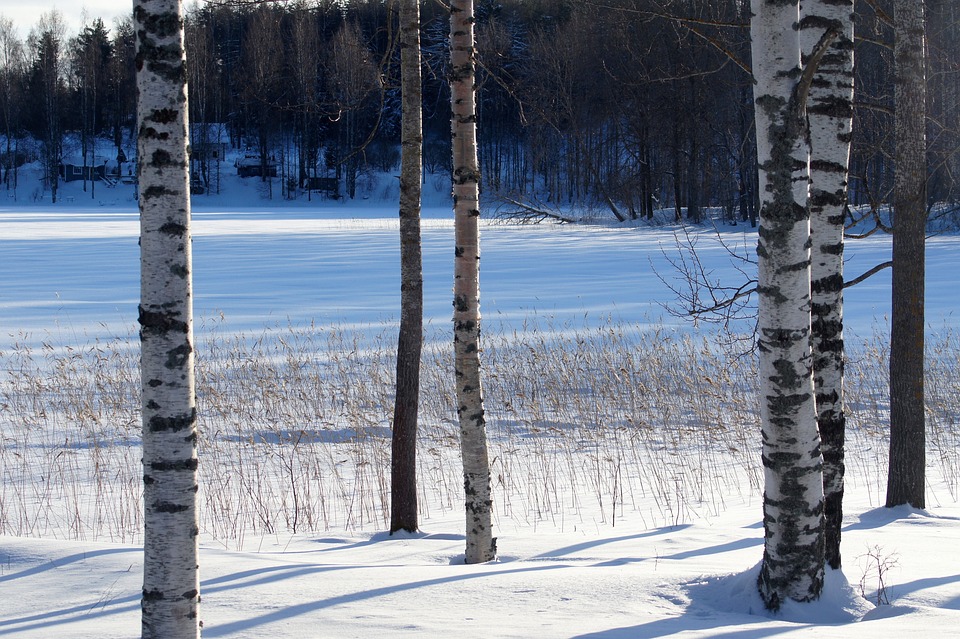How Can Climate Change Affect Animals?
Climate change is one of the most pressing global issues facing humanity today, with profound implications for wildlife and ecosystems. Understanding its impact on animals is crucial for conservation efforts and maintaining biodiversity.
Understanding Climate Change
Definition and Causes
Climate change refers to significant alterations in global temperatures and weather patterns over time. The primary causes include:
– Greenhouse Gas Emissions: The burning of fossil fuels, deforestation, and industrial processes release carbon dioxide (CO2) and other greenhouse gases into the atmosphere, leading to global warming.
– Deforestation: The clearing of forests for agriculture or urban development reduces the planet’s capacity to absorb CO2.
Consequences
The consequences of climate change include rising global temperatures, increased frequency of extreme weather events (such as hurricanes, droughts, and floods), and shifts in climate zones.
Habitat Loss and Alteration
Climate change significantly alters habitats, leading to:
– Melting Ice Caps: Polar habitats are shrinking due to rising temperatures, threatening species like polar bears that rely on sea ice for hunting and breeding.
– Rising Sea Levels: Coastal habitats are eroding, impacting species such as sea turtles that depend on beaches for nesting.
– Altered Ecosystems: Terrestrial and aquatic ecosystems are disrupted, affecting biodiversity. For example, brook trout populations decline as warmer waters favor invasive species like brown trout[1][3].
Examples of Affected Species
– Polar Bears: Depend on sea ice for hunting seals; melting ice forces them to swim longer distances, leading to exhaustion or drowning[8][10].
– Sea Turtles: Rising temperatures affect sand temperatures where eggs incubate, skewing sex ratios towards females[10].
Changes in Food Availability
Climate change disrupts food sources through:
– Altered Plant Growth: Changes in temperature and precipitation patterns affect plant distribution and growth rates, impacting herbivores that rely on these plants.
– Disrupted Food Chains: Species at various trophic levels face challenges. For instance, migratory birds may arrive at breeding grounds when food sources are no longer available due to mismatched timing caused by climate shifts[1][3].
Consequences of Disrupted Food Chains
– Increased competition among species for dwindling resources can lead to population declines.
– Species that cannot adapt quickly enough may face extinction.
Migration and Breeding Patterns
Changing climates affect animal migration routes and breeding cycles:
– Altered Migration Routes: Birds like the wood thrush are experiencing changes in their migratory patterns due to altered food availability along their routes[1][5].
– Breeding Timing: Many species are breeding earlier or later than usual, which can lead to mismatches in the availability of food for young animals[9][8].
Case Studies
– Caribou Migration: Warmer temperatures delay caribou migrations as they rely on specific environmental cues like snowfall[3][9].
Increased Disease Vulnerability
Climate change can increase disease risks among wildlife:
– Pathogen Spread: Warmer temperatures can expand the range of diseases affecting wildlife. For example, amphibians face heightened risks from chytridiomycosis due to changing climates[1][9].
– Stress from Environmental Changes: Increased stress from habitat loss and competition can make animals more susceptible to diseases[8][9].
Ocean Acidification and Marine Life
Climate change contributes to ocean acidification as CO2 levels rise:
– Impact on Coral Reefs: Coral bleaching events are becoming more frequent, threatening marine biodiversity that relies on these ecosystems[2][4].
– Shellfish Vulnerability: Species like oysters struggle to maintain their shells in more acidic waters, impacting their survival and the broader marine food web[8][9].
Conclusion
The impacts of climate change on animals are multifaceted and severe. From habitat loss and altered food availability to disrupted migration patterns and increased disease vulnerability, wildlife faces unprecedented challenges. Addressing climate change is essential not only for preserving animal species but also for maintaining the integrity of ecosystems worldwide. Effective conservation strategies must consider these impacts to ensure a sustainable future for both wildlife and humans.

Kyle Whyte is a notable scholar and professor at the University of Michigan, holding positions such as the George Willis Pack Professor in the School for Environment and Sustainability and Professor of Philosophy. Specializing in environmental justice, his work critically examines climate policy and Indigenous peoples’ ethics, emphasizing the nexus between cooperative scientific endeavors and Indigenous justice. As an enrolled Citizen Potawatomi Nation member, he brings a vital perspective to his roles as a U.S. Science Envoy and member of the White House Environmental Justice Advisory Council. His influential research is supported by various prestigious organizations including the National Science Foundation, and disseminated through publications in high-impact journals. Kyle actively contributes to global Indigenous research methodologies and education, with affiliations to numerous institutes and societies dedicated to traditional knowledge and sustainability. Recognized for his academic and community engagement, Kyle has earned multiple awards and served in various visiting professorships. His efforts extend to leadership positions on boards and committees focused on environmental justice nationwide.
